calsfoundation@cals.org
Subiaco (Logan County)
| Latitude and Longitude: | 35º17’34″N 093º38’05″W |
| Elevation: | 472 feet |
| Area: | 1.89 square miles (2020 Census) |
| Population: | 401 (2020 Census) |
| Incorporation Date: | June 3, 1912 |
Historical Population as per the U.S. Census:
|
1810 |
1820 |
1830 |
1840 |
1850 |
1860 |
1870 |
1880 |
1890 |
1900 |
|
– |
– |
– |
– |
– |
– |
– |
– |
– |
– |
|
1910 |
1920 |
1930 |
1940 |
1950 |
1960 |
1970 |
1980 |
1990 |
2000 |
|
– |
181 |
195 |
202 |
191 |
290 |
375 |
744 |
538 |
439 |
|
2010 |
2020 |
|
|
|
|
|
|
|
|
|
572 |
401 |
|
|
|
|
|
|
|
|
The Logan County town of Subiaco, midway between Fort Smith (Sebastian County) and Russellville (Pope County), straddles Highway 22, a major connecting roadway for the western Arkansas counties immediately south of the Arkansas River. The town takes its name from the nearby Subiaco Abbey, itself named for the Italian town where a Benedictine order originated in 1878. The town, granted a post office in 1910, formed when the railroad reached the area in June 1909. Although the railroad ceased operation in 1949, the town of Subiaco remains and continues to provide services to area residents, as well as to travelers and visitors to Subiaco Abbey and Academy.
Construction of the Military Road from Little Rock (Pulaski County) to Fort Smith was completed in 1828. In addition to serving the army, this road facilitated immigration, and in the next thirty years, scattered settlers located in the area. John Ragon, who settled in Yell County in 1850, expanded his holdings in 1860 to include the land where the town of Subiaco is now located. The first post office in the area opened in 1877 at Creole (Logan County), a relay station on the Military Road northwest of the current town.
Settlement increased significantly in the 1870s when lands along the Arkansas River were granted to the railroads and sold to potential settlers. Many of the early settlers were German-speaking Roman Catholics, with the Benedictine mission that became Subiaco Abbey being established in 1878 to serve their spiritual needs. The Spieler family, originally from Baden in Germany, settled along the Military Road northwest of the abbey in the early 1880s. Their settlement grew to include several businesses, and in 1888, the post office moved from Creole to what was then called Spielerville.
In 1887, plans began for a railroad to be built on the south side of the Arkansas River. By the late 1890s, construction reached the town of Paris (Logan County), five miles to the west of the abbey, but it would be another ten years before the railroad reached Subiaco. During this time, the Spieler brothers lobbied for the railroad to go through their town, while Prior Wolfgang Schlumpf lobbied for a route that would allow the priory to benefit from the sale of stone from its quarry. The ultimate decision, however, was for neither of those options, but for lower land to the south. The new depot was named Subiaco, and thus the town was born.
With a donation of eighty acres of abbey land for the town site, the Subiaco Development Company formed and contracted with an agency from Little Rock to plan and lay out the town. While brochures distributed by promoters did not limit sales to German Catholics, they made it clear that no lots would be sold to African Americans. The town plan and its connection to the abbey are still reflected in street names such as Augustine, Pius, Meinrad, and Boniface.
Initial construction at the town site consisted of the railroad depot and a mercantile store built by Conrad Elsken. On June 14, 1909, when abbey students left for vacation, the tracks were still a mile west of the abbey. On June 30, the community celebrated the arrival of the first train to reach the new town. The festivities included music by both the monastery band and the band from Spielerville. The abbot, in full vestments, greeted passengers, blessed the train, and assisted in driving in the last spike.
By 1920, the railroad extended through Dardanelle (Yell County) to join the Rock Island line at Ola (Yell County). This service was short lived, however, and after 1938, the only freight service provided was west from the coal fields in Scranton (Logan County). In 1949, the line ceased operation, and in 1961, the depot was demolished. In the intervening years, the state undertook a program of highway construction that included Highway 22 to connect Fort Smith and Dardanelle, going through Subiaco. This connection saved the town from the fate of railroad towns that disappeared entirely.
In the twenty-first century, the town, with an area of 1.8 square miles, encompasses the portion of the Old Military Road once called Spielerville. The town has a mayor-council form of government. The 2010 federal census reported a population of 572, up from a 2000 census of 439.
A major in employer in Subiaco is Cloyes Gear and Products, a manufacturer of automotive timing drive systems and parts. Founded in Cleveland, Ohio, in 1929, the company located a manufacturing plant at nearby Paris. In 1987, it added a manufacturing plant at Subiaco.
In addition to businesses serving travelers, Subiaco is home to a farmers’ cooperative, two banks, and a feed mill, along with the abbey farm and other small businesses. The Lensing Brothers Company, which is owned by descendants of a family that emigrated from Germany in 1880, includes a furniture and appliance store and a lumber yard. These businesses are located on Conrad Street, the original main street of the town, in a building constructed of the same locally quarried stone as the abbey it faces across the fields.
For additional information:
Assenmacher, Hugh, OSB. A Place Called Subiaco: A History of the Benedictine Monks in Arkansas. Little Rock: Rose Publishing Company, 1977.
Logan County, Arkansas: Its History and Its People. Paris, AR: Logan County Historical Society, 1987.
Schuette, Shirley Sticht. “Strangers to the Land: The German Presence in Nineteenth-Century Arkansas.” MA thesis, University of Arkansas at Little Rock, 2005.
Shirley Sticht Schuette
Butler Center for Arkansas Studies
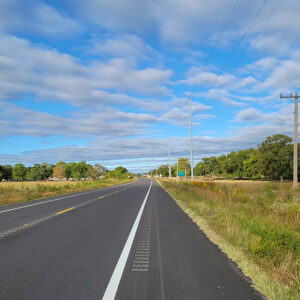 Entering Subiaco
Entering Subiaco 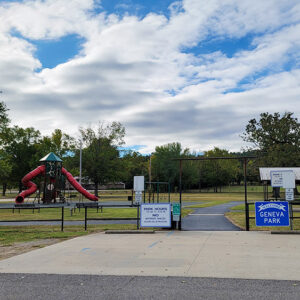 Geneva Park
Geneva Park 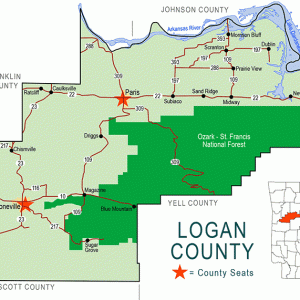 Logan County Map
Logan County Map 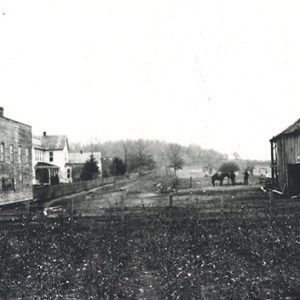 Spielerville
Spielerville 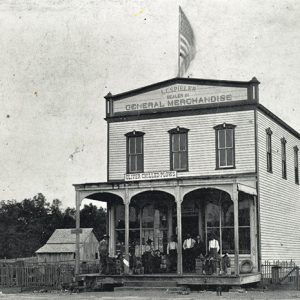 Spieler General Store
Spieler General Store  St. Benedict's Church at Subiaco
St. Benedict's Church at Subiaco  Subiaco Fire Department
Subiaco Fire Department 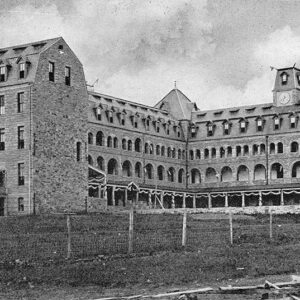 Subiaco Monastery
Subiaco Monastery 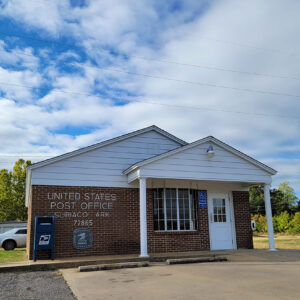 Subiaco Post Office
Subiaco Post Office 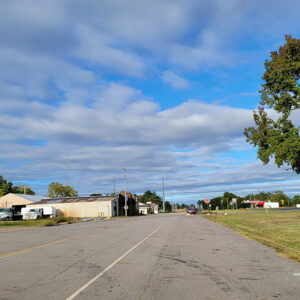 Subiaco Street Scene
Subiaco Street Scene  Subiaco Street Scene
Subiaco Street Scene 




I noted with interest the misspelling of my grandfather’s name in the article on Subiaco. He was listed as being named Elken. [Editor’s note: The spelling has been corrected in the article to Elsken.] The actual spelling was Elsken, and he was the responsible for the actual starting of the town of Subiaco at the request of Abbot Conrad from the Abbey in 1908-09. He brought his family from Paris where he was engaged in many businesses and built his family a home that still stands on the lot chosen by his wife. He built the first post office and general store as well as a livery stable to get the town started. The original spelling of his name was Ilsken but pronounced with an e sound and was so entered in the immigration records as Elsken. The family remained lost to their German relatives for 147 years. They searched for some Ilskens for many years for any word of this family. In 2006, one of Conrad Elsken’s granddaughters was online and came across someone from Germany looking for any “Ilskens.” She contacted them and as a result there was a four-column above-the-line story in a newspaper about Ilskens being found after 147 years.